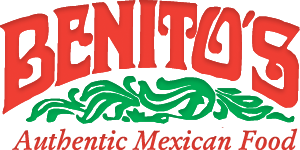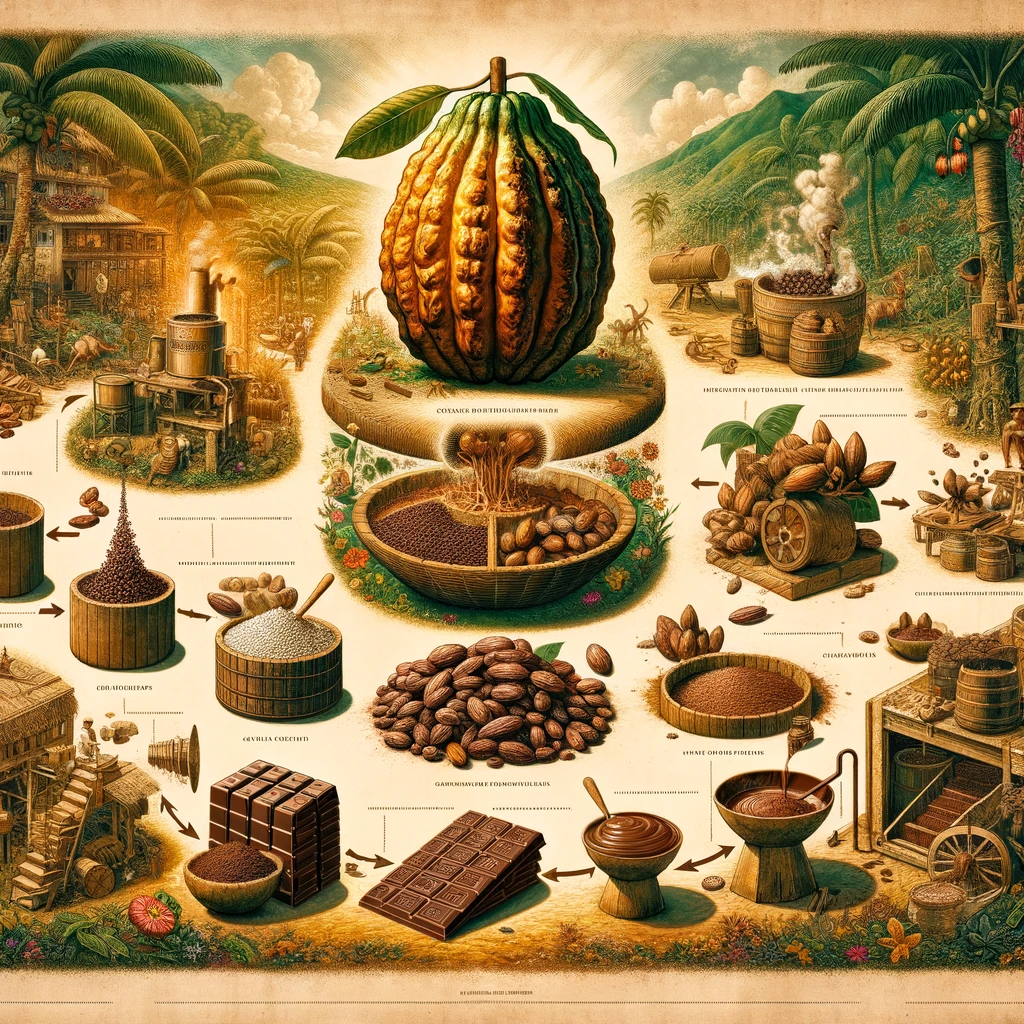The Journey of Mexican Chocolate: From Bean to Bar
Mexican chocolate’s journey from the cacao bean to the chocolate bar is a rich tapestry of cultural significance, historical evolution, and meticulous transformation processes. This journey is not just about the conversion of a bean into a sweet treat; it’s a story of a product deeply intertwined with the history and culture of Mexico, reflecting a blend of ancient traditions and modern practices.
The Origins of Cacao
The Ancient Roots
Cacao’s story begins over 5,300 years ago in ancient Ecuador, where the earliest consumption of cacao was detected. Contrary to long-held beliefs that cacao cultivation started in Mexico or Central America, recent evidence suggests a South American origin.
Mesoamerican Cultivation
Despite its South American roots, cacao found a prominent place in Mesoamerica. By the first centuries CE, highland areas like Teotihuacan, where cacao could not grow, were already familiar with cacao, indicating its widespread value and use.
The Cultural Significance of Cacao
A Sacred Gift and Currency
Cacao was more than a food item; it was a sacred gift, often used in religious ceremonies. By the Late Postclassic period, cacao had become a form of currency, reflecting its immense value in Mesoamerican societies.
UNESCO Recognition
In 2010, UNESCO recognized traditional Mexican cuisine, which includes the use of native ingredients like cocoa, as part of humanity’s Intangible Cultural Heritage, highlighting the cultural importance of Mexican chocolate.
The Transformation Process
From Bean to Beverage
The process of making Mexican chocolate has remained relatively consistent since 1900 BCE. Cacao beans are roasted, peeled, and ground into a paste, traditionally using a metate or molino. Sugar and cinnamon are then added to create the distinctive Mexican chocolate flavor.
Regional Variations
Over time, regional differences have emerged in Mexican chocolate production. Some areas leave the cacao bean shell on for a more bitter flavor, while others incorporate chiles and spices, reflecting the diversity of Mexican culinary practices.
The Modernization of Mexican Chocolate
The Decline and Revival
Mexico’s cacao production faced a significant decline, but efforts by organizations like Conservation International and local cooperatives have aimed to increase yields and preserve traditional knowledge.
Artisanal Chocolate Making
Today, there is a growing interest in artisanal chocolate production in Mexico. Small-batch chocolatiers are experimenting with unique blends and flavors, often using organic, high-quality cacao beans sourced directly from farmers.
The Role of Chocolate in Mexican Cuisine
Beyond the Bar
Mexican chocolate is often used in traditional dishes like mole negro and beverages such as hot chocolate. The molinillo, a wooden whisk, is a traditional tool used to froth hot chocolate, a practice dating back to the Aztec era.
A Symbol of Energy and Taste
Chocolate consumption in Mexico has historically been a symbol of energy and taste, enjoyed across all socioeconomic classes. The chocolate de taza is a testament to the syncretism of pre-Hispanic and Old World influences in Mexican chocolate.
The Global Influence of Mexican Chocolate
Mexico’s Chocolate Legacy
Mexican chocolate has made its mark globally, with its unique flavor profiles and cultural significance. The country’s efforts to position itself as the origin of chocolate reflect a pride in this rich heritage.
The Paradox of Quality
Interestingly, in some regional cuisines, washed cacao, which is easier to prepare but considered lower quality by international standards, sometimes commands a higher price, showcasing the complexity of Mexico’s chocolate palate.
The Future of Mexican Chocolate
Sustainability and Ethical Production
As consumers become more conscious of their food choices, there is an increasing demand for sustainably and ethically produced chocolate, a trend that Mexican chocolate makers are embracing.
Keeping the Revenue In-Country
Supporting chocolate that is made in-country where the cacao is grown helps decolonize cacao and keeps more revenue within the borders, contributing to the local economy and preserving traditional practices.
FAQs About Mexican Chocolate
What makes Mexican chocolate different from other chocolates?
Mexican chocolate is distinct for its coarsely ground texture, inclusion of spices like cinnamon and chiles, and its traditional use in beverages and savory dishes rather than as a standalone confection.
How has Mexican chocolate production evolved over time?
While the basic process of making Mexican chocolate has remained consistent, modern practices have introduced new flavors and artisanal techniques, with a growing focus on sustainability and ethical sourcing.
Why is Mexican chocolate culturally significant?
Mexican chocolate is part of the country’s Intangible Cultural Heritage, reflecting its deep roots in Mesoamerican history, its role in religious ceremonies, and its use as a form of currency.
How is Mexican chocolate used in cuisine?
Mexican chocolate is commonly used in hot chocolate, chocolate atole, and recipes like mole negro. It is known for its frothy texture, achieved by using a molinillo, and its complex flavor profile.







